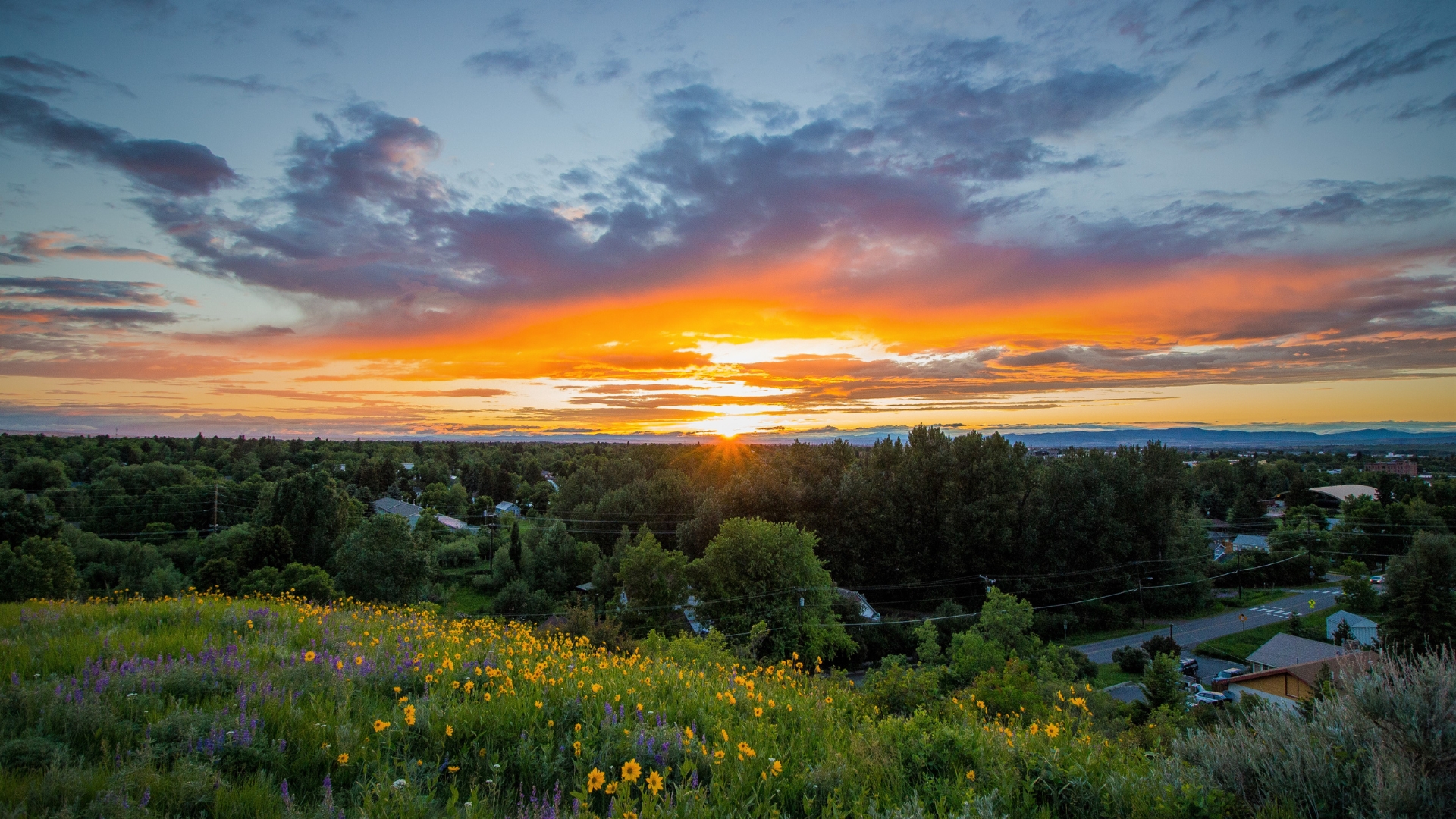By JESSY STEVENSON
Guest Columnist
Imagine the rich agricultural lands of the Paradise Valley under hundreds of feet of water. Or the world-class trout fishing of the Big Hole River replaced with bass fishing. Imagine waterskiing on
the west side of Glacier National Park instead of rafting down the North Fork of the Flathead River. Sound silly? Each of those storied Montana landscapes were almost inundated behind dams.
Today, of course, the upper Yellowstone still provides water for local agriculture and you can still cast for trout while floating down its swift currents and those of the Big Hole and North Fork Flathead rivers. These rivers still run free, providing important cultural resources to people across the landscape.
But this is not by chance. Rather, it’s because Montanans spoke their minds and flexed their muscles to keep some of the state’s most important rivers wild and free. The stories of those dams that
never were have a direct correlation to the Montana we know and love today. The late conservation legend Jim Posewitz often remarked that Montana school kids learn the history of the dams we built — say Fort Peck — but rarely hear of the dams we didn’t build. We at American Rivers took that to heart.
We recently completed an online report called a StoryMap titled, Montana’s Legacy of River Protection: Six Dams That Were Never Built. It tells stories well worth remembering.
Government agencies or utilities proposed a long list of dams in Montana from the 1940s to the 1970s. These dams would have: • Changed the Paradise Valley forever by damming the Yellowstone River just upstream of Livingston.
• Flooded ranchers out of the Big Hole River Valley, ruining one of America’s prized blue ribbon trout streams in the process.
• Drowned the North Fork of the Flathead River and nearly 10,000 acres of Glacier National Park under a massive reservoir.
• Engulfed the famous whitewater runs of the Middle Fork of the Flathead River in what is now the Great Bear Wilderness Area.
• Submerged the White Cliffs section of the Upper Missouri River, which is now a national monument honoring natural and cultural resources.
• Inundated the Clark Fork and lower Flathead Rivers on the Flathead Indian Reservation, displacing thousands of people and requiring the relocation of the treasured National Bison Range.
You can see the maps, photos and stories at Americanrivers.org/Montanalegacy. You can learn about the community members, anglers, ranchers, scientists and statesmen who stood up for our home waters.
Each of the dam proposals were unique, but their stories all have one thing in common: Montanans said no. Montanans are pragmatic folks.
We understand that sometimes dams are a good social investment. They generate power, protect private property from the whims of nature and provide a more reliable supply of water for
irrigation and household uses.
But dams have a shelf life and some rivers and river valleys are simply too special to lose to development. We Montanans value our trout streams, which are the envy of the world. Free-flowing
rivers create jobs and contribute mightily to the state’s $7.1 billion outdoor recreation economy.
Even more importantly, rivers have shaped this place since long before it had a name and remain a vital part of our natural and cultural landscape.
In each of these cases, Montanans weighed the pros and cons of development and decided to stand up for the rivers that continue to support their communities today.
In fact, in the case of the three forks of the Flathead and the White Cliffs section of the Missouri River, Montanans took it one step further. Working with their congressional delegation, they designated these rivers under the Wild & Scenic Rivers Act, thereby ensuring their protection for future generations.
There is a more recent example of this narrative as well. In 2018, President Trump signed a bill protecting East Rosebud Creek under the Wild & Scenic Rivers Act after it was repeatedly threatened by proposed hydropower dams, making it Montana’s fifth Wild and Scenic River.
Today, American Rivers is proud to be part of Montanans for Healthy Rivers, the coalition behind the Montana Headwaters Legacy Act. This bill, sponsored by US Senator Jon Tester, identifies some of Montana’s most valuable rivers and streams to be conserved as part of the National Wild and Scenic Rivers System. With your help, we can continue the proud Montana tradition of speaking up for the lifeblood of the state – our our wild, clean, free-flowing rivers. Please learn more at healthyriversmt.org.
Jessy Stevenson is the Montana Public Lands Fellow at American Rivers.
Bozeman Daily Chronicle Guest Editorial 5/13/21

